Memories of Preston's long gone cinemas
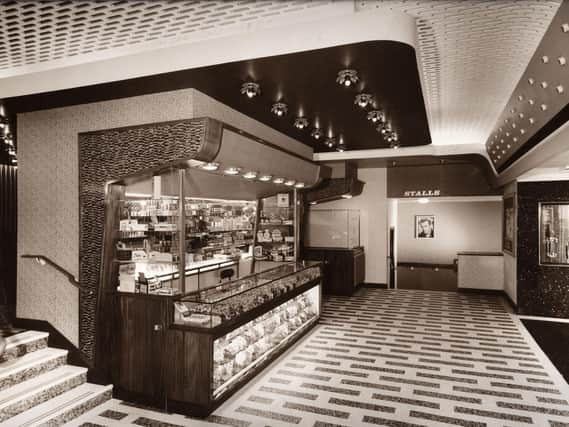

With the cinemas of the UK emerging from lockdown it is perhaps a good time to reflect on the cinema days of the past.
Anything like the coronavirus shutdown of cinemas has not been experienced since early September 1939 when the outbreak of war led to an immediate ban on cinema visits nationwide – although that particular closure order was short lived.
Advertisement
Hide AdAdvertisement
Hide AdIn 1938 annual cinema admission in the UK had soared to 990m as the popularity of the silver screen soared and Lancashire folk flocked to the county’s cinemas.
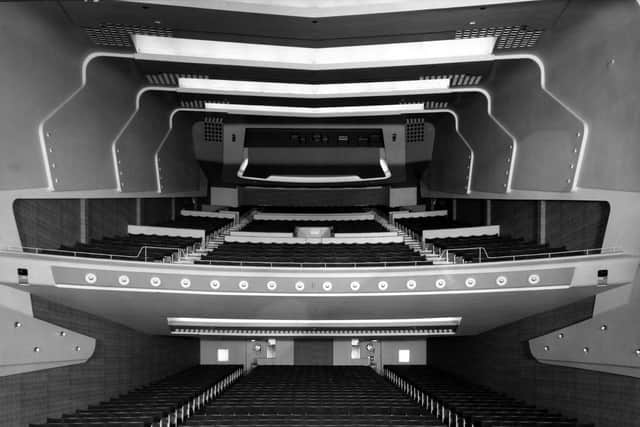

A survey back in 1935 revealed Lancashire had more cinemas than any other county in the UK. Indeed, Lancashire had 699 cinemas, calculated as one seat for every nine county dwellers.
Burnley was mentioned in the survey as a leading example with 15 cinemas and seats for 15,565 cinema goers. Whilst in its hey day Preston had no fewer than 18 cinemas dotted around the town.
Cinema days had begun in Preston in the summer of 1908 when Preston’s own showman pioneer Hugh Rain (pictured, inset) took over the Temperance Hall, in North Road, and began the cinema adventure which would entertain both young and old down the decades.
Advertisement
Hide AdAdvertisement
Hide AdThe enterprising Hugh Rain, trading under his stage name of Will Onda, having been part of the popular acrobatic Onda Brothers troop which toured the country. Even in those early days of cinematography there was something magical about the silver screen.
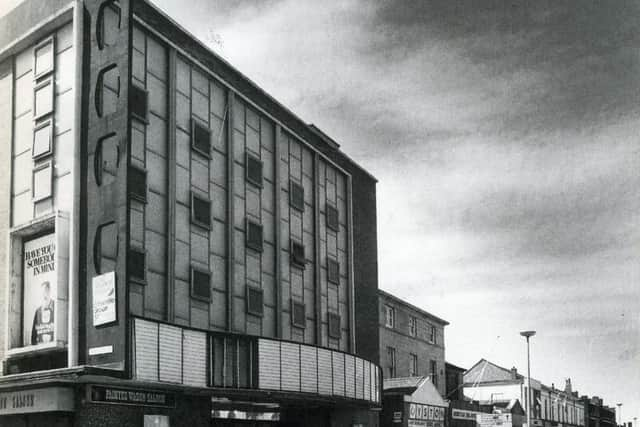

By the time the August Bank Holiday arrived the screening of the ‘Life Of Christ’ was played out to a packed Temperance Hall. This being followed by much merriment as the ‘Mysterious Barrels’ and the ‘Gamekeeper’s Daughter’ entertained a captivated audience.
Following his success at the Temperance Hall he went on to promote films at the Theatre Royal before taking over the Prince’s Theatre in 1913. He then established a studio in Preston, opposite the Harris Institute in Corporation Street called Kinema House, becoming the leading film distributor in the North of England.
By the 1920s he had acquired a former malting house in Brackenbury Place and converted it into the Picturedrome cinema. Another enterprising soul in those early days was Will Fare who opened the Picture Palace on the corner of Brook Street in part of the old St Peter’s School. He also owned the Alexander Picture House on Walker Street and later had an interest in the Cosy Cinema in St Peter’s Street.
Advertisement
Hide AdAdvertisement
Hide AdA former malt house was converted into the Imperial Picture Palace at the bottom of Church Street and other early primitive cinemas included the Marathon Picture Palace in Frank Street, the Coronation Hall in Wellington Road and Bennett’s Electric Theatre on Craggs Row which was renovated in 1942, reopening as the Dominion and was later named the Rex.
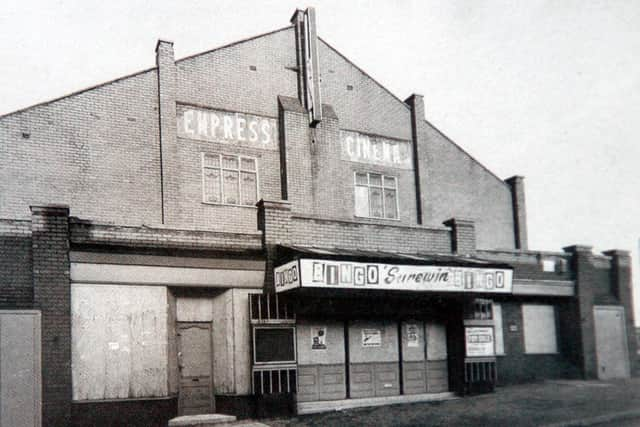

The battle between the theatres and the cinema was in full swing and even the splendid Empire Theatre, opened in May 1911, had a week dedicated to films in August of the same year, although it was only in 1930 that the Empire gave way to the cinema when the age of the ‘talkies’ arrived.
The first of the purpose built cinemas in Preston was the Palladium on Church Street and opened in December 1915. Once the First World War was over the film industry boomed and enterprising folk began converting suitable premises.
The Tivoli Cinema opened on Fleetwood Street in 1920 as did the Victory in St Paul’s Road, a converted chapel, as indeed was the Cosy Cinema opened in June 1921 in St Peter’s Street. That same month also saw the opening of the purpose built Savoy Cinema in Ashton Street. Soon to follow were the Queen’s in Tunbridge Street, the Star Cinema in Corporation Street and the Lido in Marsh Lane.
Advertisement
Hide AdAdvertisement
Hide AdThe success of the cinemas was highlighted when the long running project to complete the New Victoria on Church Street finally came to fruition. This cinema opened in September 1928 with an audience numbering more than 2,000. The neighbourhood of Plungington greeted the opening of the Empress in Eldon Street with great delight in October 1929.
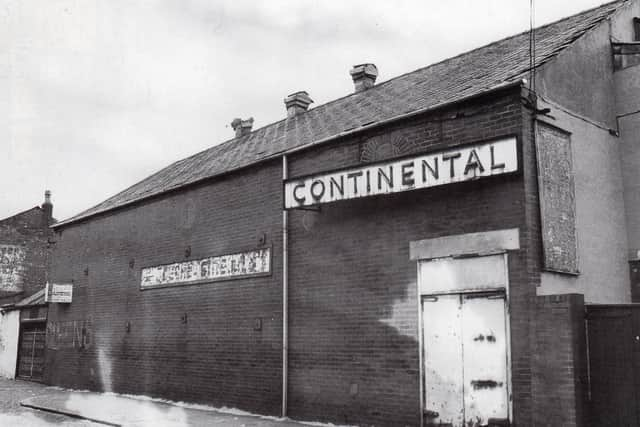

This atmospheric cinema had 900 seats and a modest pricing policy. In August 1932 the Carlton Cinema was opened on Blackpool Road in a blaze of publicity proudly claiming that the 650 seat arena was the first built with the ‘talkies’ in mind.
Within months part of Calvert’s India Mill on New Hall Lane was transformed into the Plaza cinema with row upon row of plush seats for more than 900 customers.
In 1937 the princely sum of £45,000 was spent on the building of the Ritz on Church Street and ‘Keep Fit’ starring the popular local hero George Formby pulled in the opening day crowds.
Advertisement
Hide AdAdvertisement
Hide AdThe arrival of the Ritz came during a period of great cinema growth – in Chorley the Plaza Cinema opened in March 1937 and the Odeon Cinema followed in February 1938 - the spectacular Odeon Cinema in Morecambe opened in September 1937 – and the Art Deco design Odeon Cinema opened in Blackpool in May 1939.
That closure order of September 1939 lasted for barely a fortnight, although there were strict guidelines to follow. All cinemas had to close by 10pm and patrons were told to bring their gas masks with them.
And there was many an occasion when the screenings were interrupted as air raid warnings were flashed on the screen. Only in August 1940 was permission granted for Sunday opening with one screening after 7pm, so as not to interfere with religious devotions.
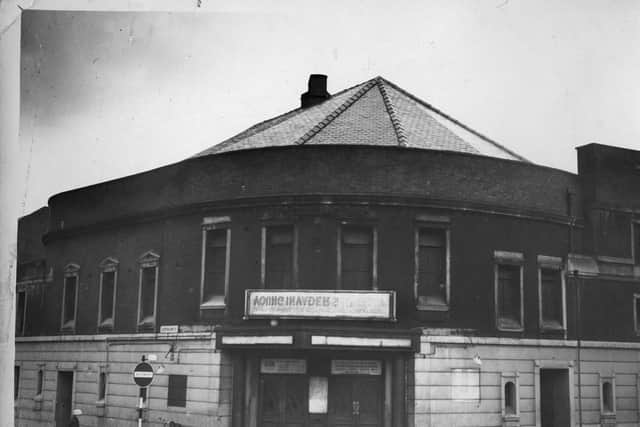

The wartime cinemas flourished with many a full house noticed posted and record UK audiences of 1.5 bn each year. Among the stars attracting the crowds in Preston at Christmas 1941 were Dorothy Lamour in ‘Moon Over Burma’, Errol Flynn in ‘Footsteps In The Dark’, Bing Crosby in ‘Star Maker’ and ‘Road To Zanzibar’ and Mickey Rooney in ‘Men Of Boys Town’ as folk forgot all their worries and their strife for a few hours.
Advertisement
Hide AdAdvertisement
Hide AdIndeed the cinema in Lancashire enjoyed a great period of prosperity which continued into the mid-1950s. Inevitably, the approaching television era led to a decline in cinema audiences leading to many closures in Lancashire.
The decline in Preston began in 1958 when the Savoy and Rialto closed. The following year saw the closure of the Guild in Geoffrey Street, the Star, the Princes Theatre and the Lido in Marsh Lane, formerly known as the Regal, and nowadays a place to have new tyres or exhausts fitted.
It was a trend which gathered pace in the early 1960s with neighbourhood cinemas the Queen’s, the Empress, and the Carlton all screening films for the last time. Town centre favourite the Palladium closed in 1968, the Empire shut its doors in 1974, the Ritz in 1986, and the Odeon, previously the Gaumont, closed in September 1992, all eventually disappearing due to dwindling audiences.
The ABC fought stubbornly against the inevitable before closing in 1982, after a brief life span of just 23 years on the site of the old Theatre Royal. By 1984 the annual cinema admissions in the UK had fallen to an all time low of just 54m patrons.
Advertisement
Hide AdAdvertisement
Hide AdHowever, the cinema industry fought back with the emergence of the multi screen cinemas and in 1990 the UCI Cinema, nowadays the Odeon, opened on Preston Riversway and a year later the Warner Village cinema in Walton -le -Dale, which became the Vue Cinema in 2004, opened.
In Chorley the newly built Reel Cinema with six screens, only opened in December 2019, has had to close its doors and likewise the multi-screen Vue cinemas in Blackburn and Accrington.
The success of the modern day cinemas with the finest technological and blockbuster films is reflected in the footfall that by the dawn of the 21st century had almost trebled from its 1980s low.
Although Preston no longer has a city centre cinema there are plans to remedy that and with UK cinema audiences nowadays topping 170m annually there is clearly still a demand to enjoy the big screen cinema experience and those candy floss, pop corn and ice cream days.
Advertisement
Hide AdAdvertisement
Hide AdHopefully, as the lock down eases there will be a clamour to visit the movies just like they did in those wartime days. Among the blockbusters waiting to be shown is the latest James Bond movie ‘No Time To Die’, which was shelved as the pandemic approached.
Comment Guidelines
National World encourages reader discussion on our stories. User feedback, insights and back-and-forth exchanges add a rich layer of context to reporting. Please review our Community Guidelines before commenting.